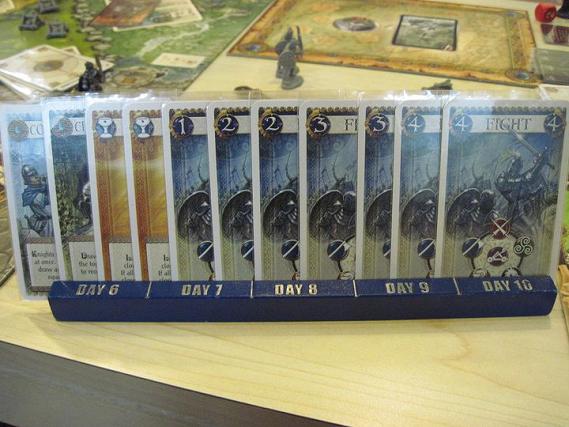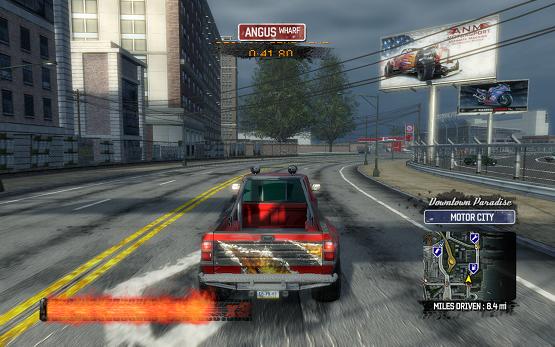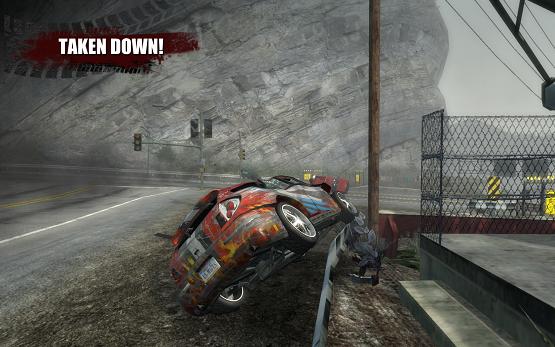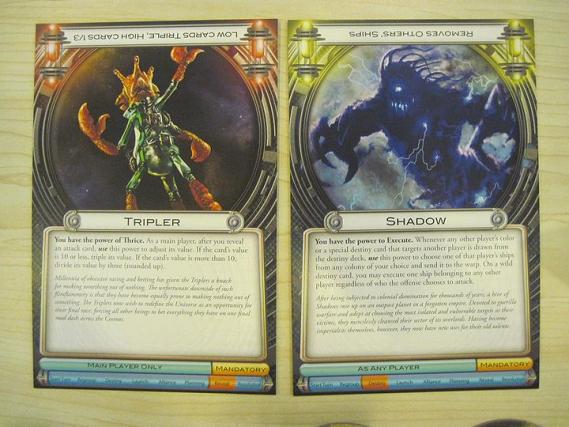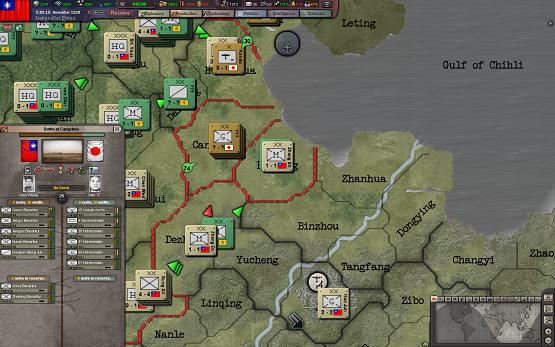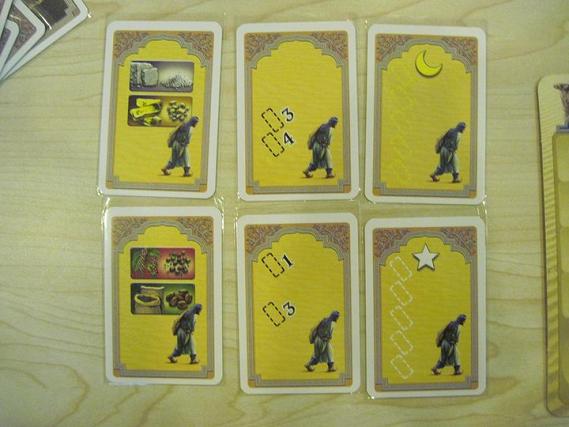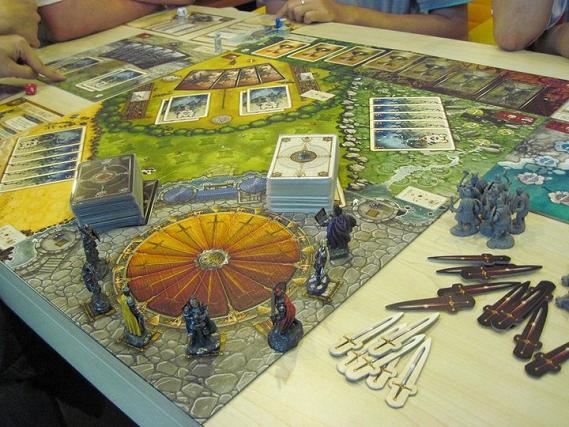
Though not intentionally, Battlestar Galactica has turned out to be one of the games I’ve played the most often. Since I’ve heard that Shadows over Camelot is sort of a precursor to BSG, I’ve been curious about it. Still, I’ve also heard that it’s very simple compared to BSG and its traitor mechanic is much less developed, so I’ve never suggested playing it. In our recent session however, we found ourselves with seven players on hand, which somewhat limited our available options. After playing a great many party games, we tried to look for something a bit more substantial and finally settled on this one.
- As expected, the gameplay is indeed too simple to be interesting for very long. Knights can either stay at the Round Table to draw cards and to destroy the slowly accumulating siege engines or go off to perform one of the available quests. These quests are mostly performed simply by playing an appropriate set of cards on the provided spaces, one card per turn.
- As in BSG, a card is drawn from the black deck on each player’s turn to represent nasty events, unless that player chooses to pay a life point to not draw a card. This usually means that players have to race against the bad events to successfully complete a quest or it will fail. Completed quests yield white swords while failed quests result in black swords. Once you have a total of twelve swords, the good guys win if there are more white swords than black swords.
- Shan was very obviously the traitor. She was about as obvious as the Shadows over Camelot traitor portrayed in this Penny Arcade comic. She complained later that the other players communicated with each other too much, offering too much information about the cards that they held, which is actually technically against the rules. This made her job of hindering the good knights much harder. Even so, it’s not like she had many options. Even if she weren’t outed, the best she could do would be to help as little as possible whereas a clever traitor in BSG could do some serious damage with skill cards and special abilities at the right moment.
- The good guys found it extremely easy to beat the board. At no point in the game was there ever a serious danger of defeat. Probably our game was skewed by the number of black cards we drew that was related to the Lady of the Lake. This quest can be done by any number of knights and each knight can discard any card to advance the quest. This makes it a lot easier to deal with than the other quests which require specific combinations of cards. Still think the game is easy to beat though.
- As usual with Days of Wonder products, the components are extremely attractive, especially since Sean splurged for the premium figurines for all the knights. But once again as with Pirate’s Cove, it’s a case of too much chrome for what is at heart a pretty simple game. I think most people were impressed when they first saw the components but actually grew bored as they played the game.
- There’s not much tension in the game as it’s quite straightforward to see which quests are going to succeed and which ones are going to fail. Players can play black cards face down to draw a white card, which in theory can introduce some uncertainty, but once again, the strategy here is too plain. Except for the traitor, players will expose the high value black cards and place only low-value black cards face down. In many cases, we can even deliberately let some quests fail so it doesn’t even matter what the values are. The consequences of failure are all explicitly laid out for each quest anyway.
Overall, I’d say that this game might have been okay at one point but it’s completely obsolete now. BSG, even with all its flaws, makes for a much superior alternative in every conceivable way.
